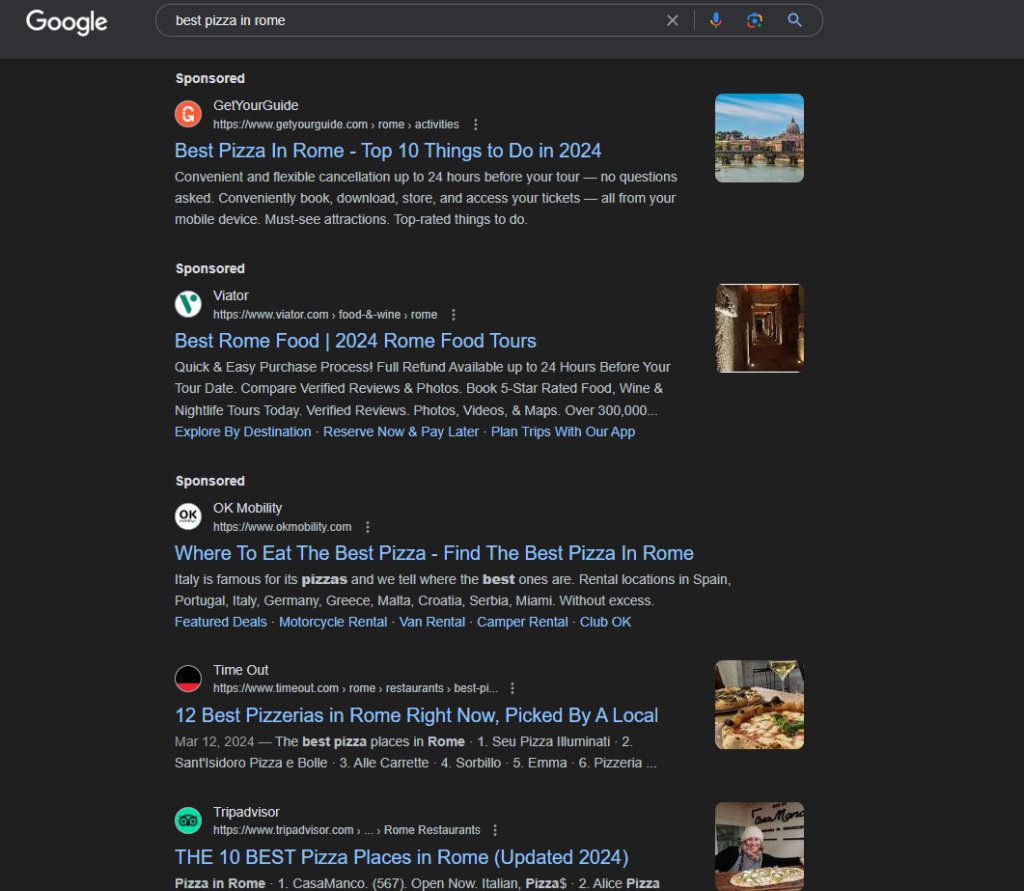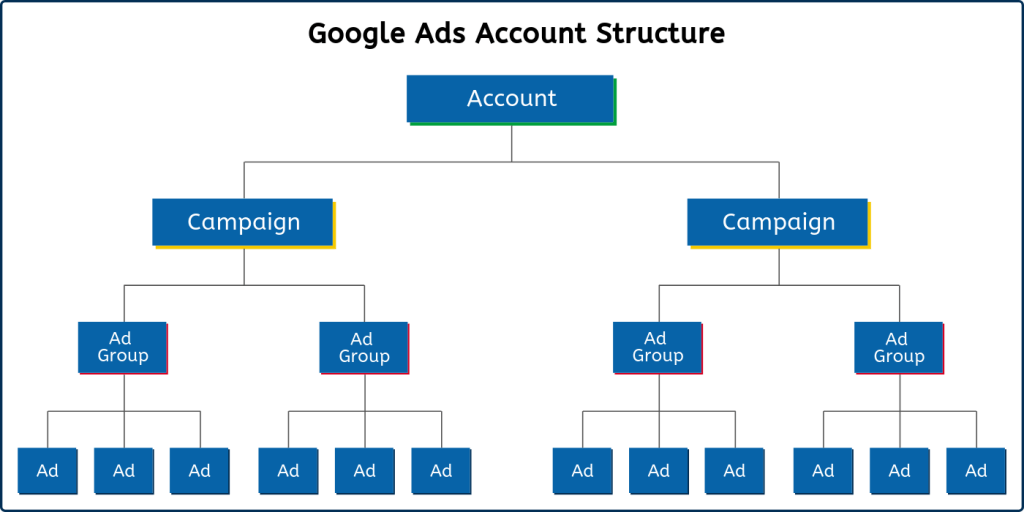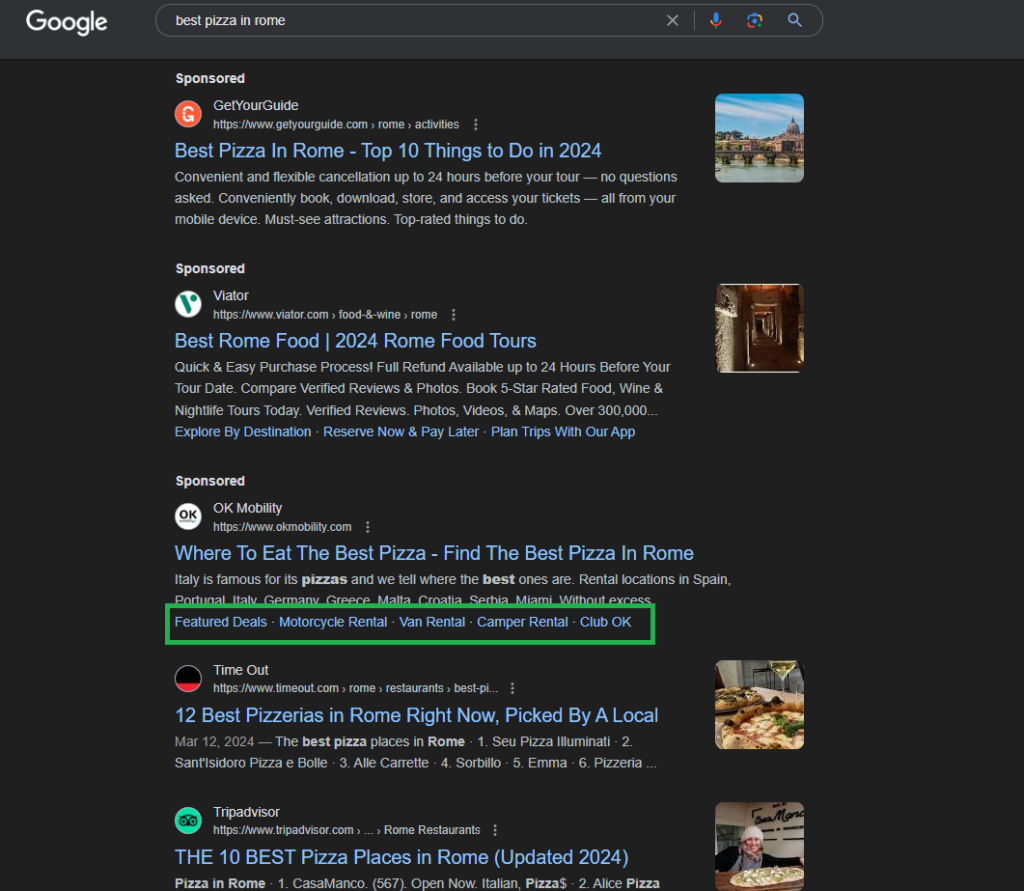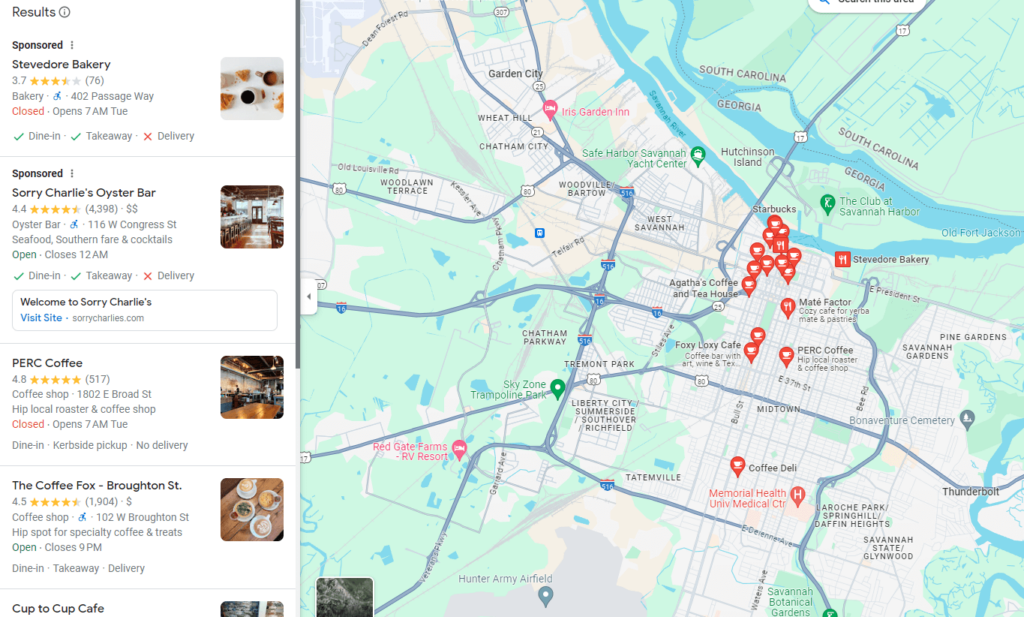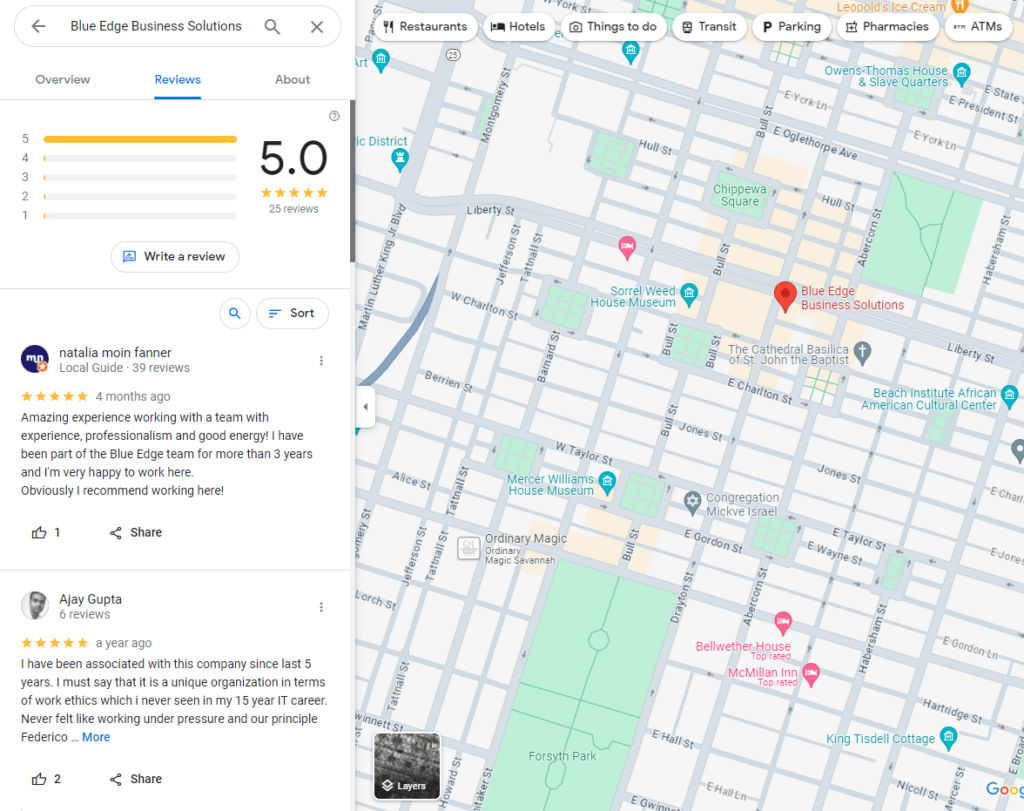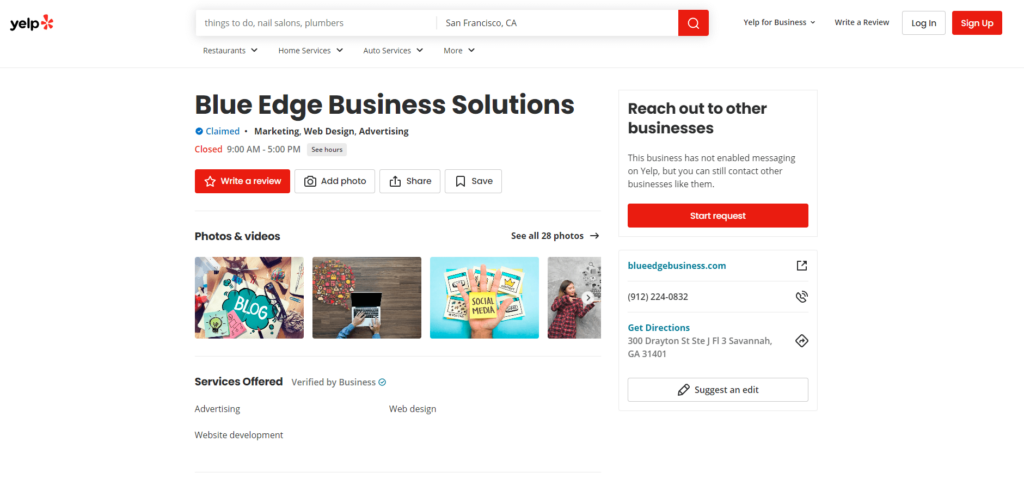Blog
Latest News
& Updates
June 24, 2024
Mastering Local Google Ads: Your Ultimate Guide to Google Ads Management, Google Maps Advertising, and Google My Business Optimization
In today’s competitive digital landscape, local businesses must leverage every tool available to reach potential customers in their area. One of the most effective strategies for doing this is through local Google ads. This comprehensive guide will explore how to master local Google ads, including Google Ads management, Google Maps advertising, and Google My Business optimization. We’ll also touch on the importance of local online advertising and how Google leads services can benefit your business.
Why Local Google Ads Matter
For brick-and-mortar stores and local services, local audiences are highly valuable because they can convert online, over the phone, or in person. This gives you greater potential to generate more revenue. According to Oberlo, 81% of consumers research products online before making a purchase decision. By using local Google ads, you can reach these audiences when they are in the research phase of the buying journey, attracting more potential customers to your physical locations.
Local Google ads allow businesses to target potential customers within a specific geographic area. This means your ads will only appear to users who are physically close to your business, increasing the likelihood of conversions. Whether you run a restaurant, a retail store, or a service-based business, local Google ads can help you attract more foot traffic and increase your sales.
Google Ads Management: Setting Up for Success
Effective Google Ads management is crucial for maximizing the return on your advertising investment. Here are some best practices:
1. Keyword Research and Selection
Keyword research is the foundation of any successful Google Ads campaign. When it comes to local Google ads, you need to focus on localized keywords that indicate high intent. These are keywords that include specific locations or phrases like “near me” that show the user is looking for something in their immediate area.
Use Localized Keywords:
– Examples include “plumber near me,” “best pizza in [city],” or “hair salon in [neighborhood].”
– Tools like Google Keyword Planner can help you find relevant local keywords with significant search volume.
Analyze Competitors:
– Look at what keywords your competitors are targeting and see if there are opportunities to target similar or related terms.
– Use tools like SEMrush or Ahrefs to analyze competitor keywords.
Long-Tail Keywords:
– Consider targeting long-tail keywords, which are more specific phrases that may have lower search volume but higher intent and conversion rates.
– For example, “affordable family lawyer in downtown [city]” is more specific than just “family lawyer.”
2. Campaign Structure
Organizing your campaigns effectively can significantly impact their performance. Proper structuring allows you to manage your budget more efficiently and tailor your ads to specific audiences.
Geographic Targeting:
– Divide your campaigns by geographic areas. For instance, if you have multiple locations, create separate campaigns for each location.
– Use radius targeting to focus on a specific area around your business.
Ad Groups:
– Create multiple ad groups within each campaign to test different ad copy and creative assets.
– Segment ad groups by product or service categories, allowing for more precise targeting and messaging.
Budget Allocation:
– Allocate your budget based on the performance of each campaign and ad group.
– Start with a smaller budget and gradually increase it as you gather more data and optimize your campaigns.
3. Ad Extensions
Ad extensions are a great way to enhance your ads and provide additional information to potential customers. They can improve your ad’s visibility and increase click-through rates (CTR).
Location Extensions:
– Display your business address and a map to help users find your location.
– Ensure your Google My Business account is linked to your Google Ads account for accurate information.
Call Extensions:
– Allow users to call your business directly from the ad with a single click.
– Track call conversions to measure the effectiveness of this extension.
Sitelink Extensions:
– Add additional links to specific pages on your website, such as product pages, contact forms, or special offers.
– This provides users with more options to engage with your business.
Read more: Google Ads Strategies for Local Businesses
Google Maps Advertising: Capturing Local Searchers
Google Maps is a powerful platform for local businesses. Ads on Google Maps can attract customers who are already in your vicinity and looking for services or products like yours.
1. Creating Local Campaigns
Setting up local campaigns on Google Maps is straightforward and highly effective.
Setup Process:
– Enter your business locations, budget, and creative assets into your Google Ads account.
– Use Google’s machine learning technology to optimize your campaign bids and ad placements automatically.
Ad Formats:
– Utilize various ad formats, such as promoted pins, in-store promotions, and customizable business pages, to engage with local customers.
Targeting:
– Use radius targeting to reach users within a specific distance from your business.
– Consider demographic and interest targeting to refine your audience further.
2. Ad Placement
Local ads can appear in various Google properties, including Google Maps. These ads show up when users search for terms related to your business within the map application.
Google Maps Search:
– Ads appear at the top of the search results when users look for local businesses.
– For example, if someone searches for “coffee shops near me,” your ad can appear prominently in the search results.
Navigation Ads:
– Ads can also appear in navigation mode, providing users with relevant information about nearby businesses while they are on the move.
– This is particularly useful for attracting customers who are already en route to a destination.
Promoted Pins:
– Promoted pins highlight your business location on the map, making it stand out to users browsing the area.
– These pins can include special offers or promotions to entice customers.
3. Benefits
By advertising on Google Maps, you catch potential customers at the moment they are searching for services near them, leading to higher conversion rates.
Increased Visibility:
– Google Maps ads increase your business’s visibility to local searchers actively looking for products or services like yours.
– Higher visibility often translates to more foot traffic and increased sales.
Improved User Experience:
– Providing users with accurate information about your business location, hours, and services enhances their experience and builds trust.
– A positive user experience can lead to repeat business and positive reviews.
Google My Business Optimization: Enhancing Your Online Presence
Optimizing your Google My Business (GMB) profile is essential for local SEO and advertising. A well-optimized GMB profile ensures that your business information is accurate and easily accessible to potential customers.
1. Complete Your Profile
A complete and accurate GMB profile is the foundation of your local online presence.
Business Details:
– Ensure all business details are filled out, including address, phone number, business hours, and categories.
– Keep your information up-to-date to avoid customer confusion.
Photos and Videos:
– Add high-quality photos of your business, products, and services.
– Include videos that showcase your business, such as virtual tours or customer testimonials.
Attributes:
– Utilize attributes to highlight specific features of your business, such as “wheelchair accessible” or “free Wi-Fi.”
2. Collect Reviews
Customer reviews play a significant role in local SEO and can influence potential customers’ decisions.
Encourage Reviews:
– Ask satisfied customers to leave positive reviews on your GMB profile.
– Provide easy-to-follow instructions or links to make the process simple.
Respond to Reviews:
– Respond promptly and professionally to both positive and negative reviews.
– Address any issues raised in negative reviews to show you value customer feedback and are committed to improving.
Highlight Reviews:
– Showcase positive reviews on your website and social media channels to build trust and credibility.
3. Utilize GMB Posts
Regularly updating your GMB profile with posts about promotions, events, or news related to your business can keep your audience engaged and informed.
Types of Posts:
– Create posts about special offers, new products, upcoming events, or important announcements.
– Use engaging visuals and clear calls-to-action to encourage interaction.
Frequency:
– Post regularly to keep your audience informed and engaged.
– Monitor the performance of your posts to see what type of content resonates most with your audience.
Leveraging Local Online Advertising for Maximum Impact
Local online advertising goes beyond Google Ads and Google Maps. Here are additional strategies to consider:
1. Social Media Advertising
Social media platforms offer powerful tools for local online advertising, allowing you to reach highly targeted audiences.
Platforms:
– Use Facebook and Instagram ads to target users based on their location, interests, and behaviors.
– Leverage LinkedIn for B2B local advertising if your business serves other businesses.
Geo-Targeting:
– Use geo-targeting to reach users in specific areas with tailored ad content.
– Create localized ad campaigns that speak directly to the needs and interests of your local audience.
Engagement:
– Encourage user engagement by running promotions, contests, or interactive ads.
– Use social media analytics to track the performance of your ads and optimize them for better results.
2. Local SEO
Optimizing your website for local search terms can help you appear in organic search results and attract more local customers.
On-Page SEO:
– Use local keywords in your page titles, meta descriptions, headers, and content.
– Include your business name, address, and phone number (NAP) consistently across your website.
Local Listings:
– Ensure your business is listed in local directories and review sites, such as Yelp, TripAdvisor, and industry-specific directories.
– Keep your information consistent across all listings to improve your local SEO.
Backlinks:
– Build backlinks from reputable local websites, such as local news sites, blogs, and business associations.
– Participate in local events or sponsorships to earn mentions and links from other local businesses.
3. Google Leads Services
Google’s lead services can help you capture high-quality leads and track the performance of your ads.
Lead Forms:
– Use Google lead form extensions to capture user information directly from your ads.
– Customize lead forms to collect the information most relevant to your business, such as contact details, service preferences, or appointment requests.
Tracking and Analytics:
– Use Google Analytics to track the performance of your ads and measure key metrics, such as click-through rates, conversion rates, and cost per lead.
– Continuously analyze your data to refine your targeting and improve your ROI.
CRM Integration:
– Integrate your Google Ads account with your CRM system to track and manage leads more effectively.
– Use CRM data to optimize your ad campaigns and improve lead nurturing.
Final Words
Mastering local Google ads involves a combination of effective Google Ads management, strategic Google Maps advertising, and thorough Google My Business optimization. By implementing these strategies, your business can attract more local customers, increase foot traffic, and ultimately drive more revenue.
Local Google ads help your business reach customers with high buying intent who are searching for services with urgency. Given their lower competition, reach, and ROI, local Google ads are a must for many types of businesses.
Ready to take your local advertising to the next level? Book a call an learn how we can help you optimize your local Google ads and achieve your business goals.
